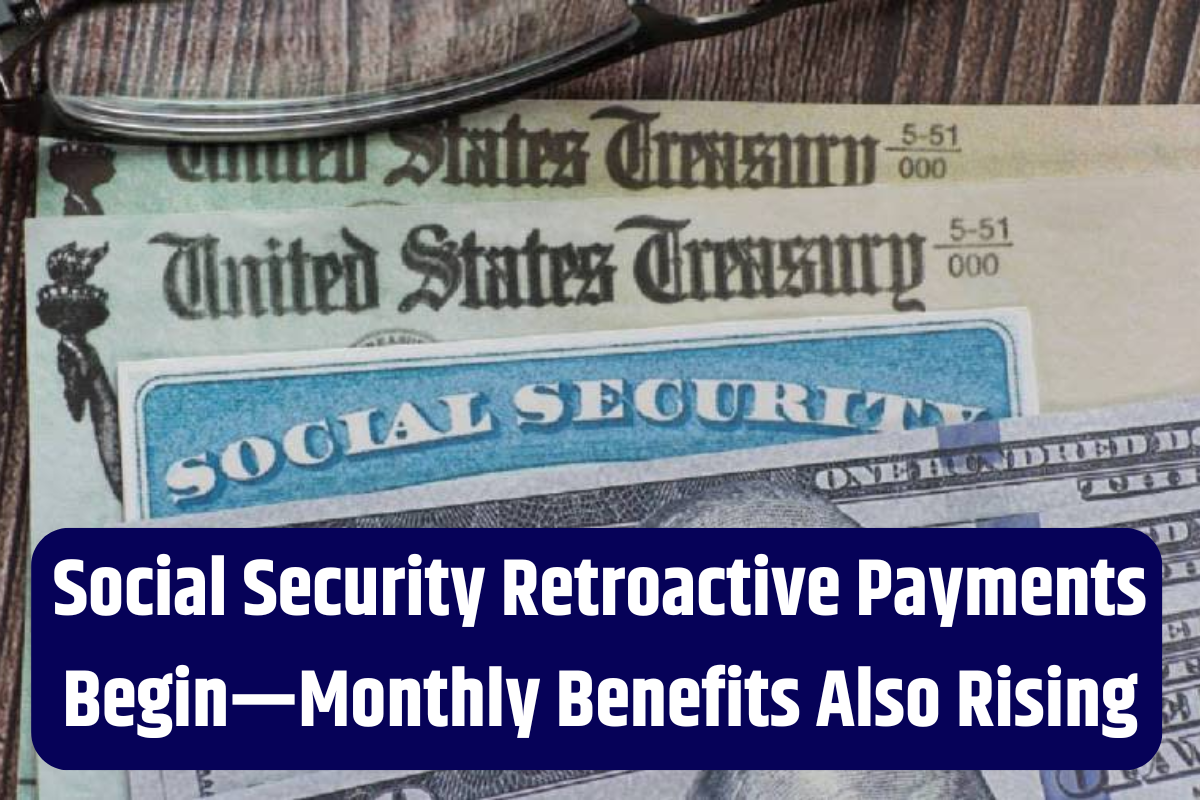The Social Security Administration (SSA) has announced that it will begin issuing retroactive payments and increasing monthly benefits for individuals affected by the Windfall Elimination Provision (WEP) and Government Pension Offset (GPO). These changes follow the passage of the Social Security Fairness Act, which eliminates both provisions and restores full benefits to millions of retirees.
What This Means for Retirees
Previously, WEP and GPO significantly reduced or eliminated Social Security benefits for over 3.2 million individuals who worked in public service jobs that did not require them to pay Social Security taxes. This included teachers, firefighters, police officers, and other public sector employees. With the new law in place, these retirees will now receive full benefits, along with retroactive payments to compensate for lost income.
Timeline for Payments
- Retroactive Payments: These payments are expected to begin this month and will be distributed in phases, prioritizing simpler cases that can be processed automatically.
- Increased Monthly Benefits: The first adjusted benefit payments will be issued in April, reflecting the higher monthly amounts.
- Notification: Impacted individuals will receive a letter from the SSA detailing how their benefits are adjusted and when payments will be issued.
SSA’s Commitment to Quick Processing
Acting SSA Commissioner Lee Dudek emphasized that while some complex cases may take longer to resolve, most beneficiaries should see their payments in a timely manner.
“The agency’s original estimate of taking a year or more now will only apply to complex cases that cannot be processed by automation. The American people deserve to get their due benefits as quickly as possible,” Dudek stated.
Who Benefits from This Change?
The elimination of WEP and GPO will primarily benefit:
- Teachers, firefighters, and police officers in multiple states
- Federal employees covered under the Civil Service Retirement System (CSRS)
- Individuals with pensions from work covered by foreign Social Security systems
Most individuals will receive a one-time retroactive deposit by the end of March, directly deposited into their SSA-linked bank accounts. Monthly benefits will increase starting with April’s payment.
Key Recommendations from SSA
- Wait Until April: SSA urges beneficiaries to refrain from inquiring about the status of their retroactive payment until after March, as processing will occur incrementally.
- Review Your April Payment: If beneficiaries have questions about their new monthly benefit amount, SSA advises waiting until after receiving the April payment before contacting them.
- Visit SSA’s Fairness Act Page: Beneficiaries can find more information on the SSA website regarding these changes and their individual benefits.
Frequently Asked Questions (FAQs)
1. Who qualifies for retroactive Social Security payments?
Anyone whose benefits were reduced or eliminated due to the WEP or GPO provisions will receive retroactive payments and an increase in monthly benefits moving forward.
2. How much will my new benefit be?
The increase varies depending on factors such as your pension type, Social Security benefits, and past deductions under WEP/GPO. Your SSA notification letter will outline your specific payment changes.
3. When will I receive my retroactive payment?
Most people will receive their one-time retroactive deposit by the end of March. More complex cases may take longer to process.
4. Will this impact all public employees?
No, this only affects individuals previously impacted by WEP or GPO. If your Social Security benefits were already being paid in full, your payments will remain unchanged.
5. What should I do if I don’t receive my retroactive payment by April?
If your payment is delayed beyond April, you should contact the SSA for assistance. However, SSA advises waiting until after receiving your April benefit payment before inquiring.
The repeal of WEP and GPO marks a major victory for retired public servants, ensuring they receive the Social Security benefits they rightfully earned. Stay informed by visiting the SSA’s website for ongoing updates .
